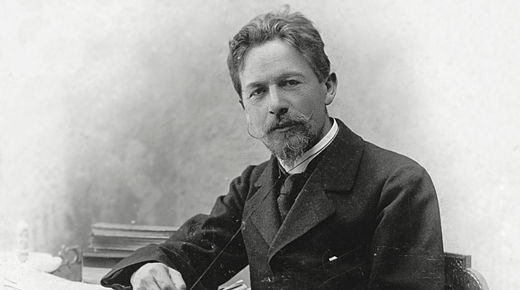Body
One of my favorite things to do when I learn new and interesting information is to apply it to a different area to see if I can gain further insight. Here, I am looking at the principle, “Chekhov’s gun,” named after the famous Russian author, Anton Chekhov (1860–1904), and how it relates to gemba.
|
ADVERTISEMENT |
Anton Chekhov is regarded as a master short-story writer. In the short story genre, there is a limited amount of resources to tell your story. Chekhov’s gun is a principle that states that everything should have a purpose.
…
Want to continue?
Log in or create a FREE account.
By logging in you agree to receive communication from Quality Digest.
Privacy Policy.

Add new comment